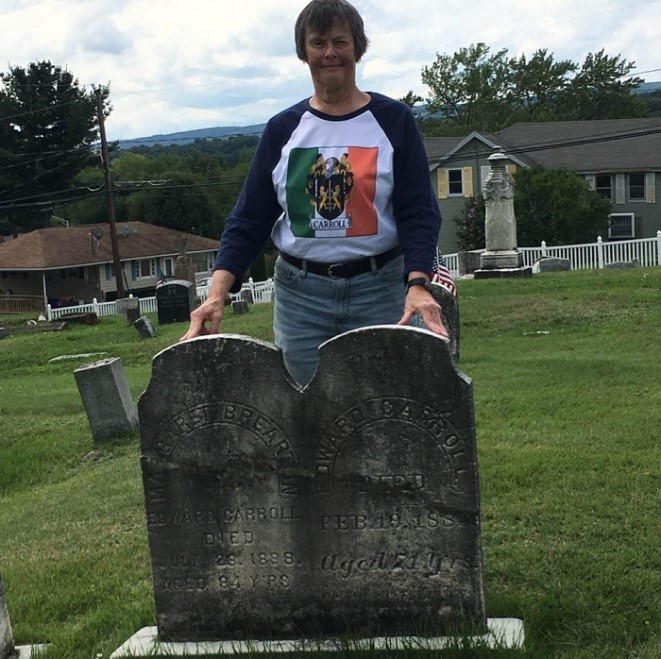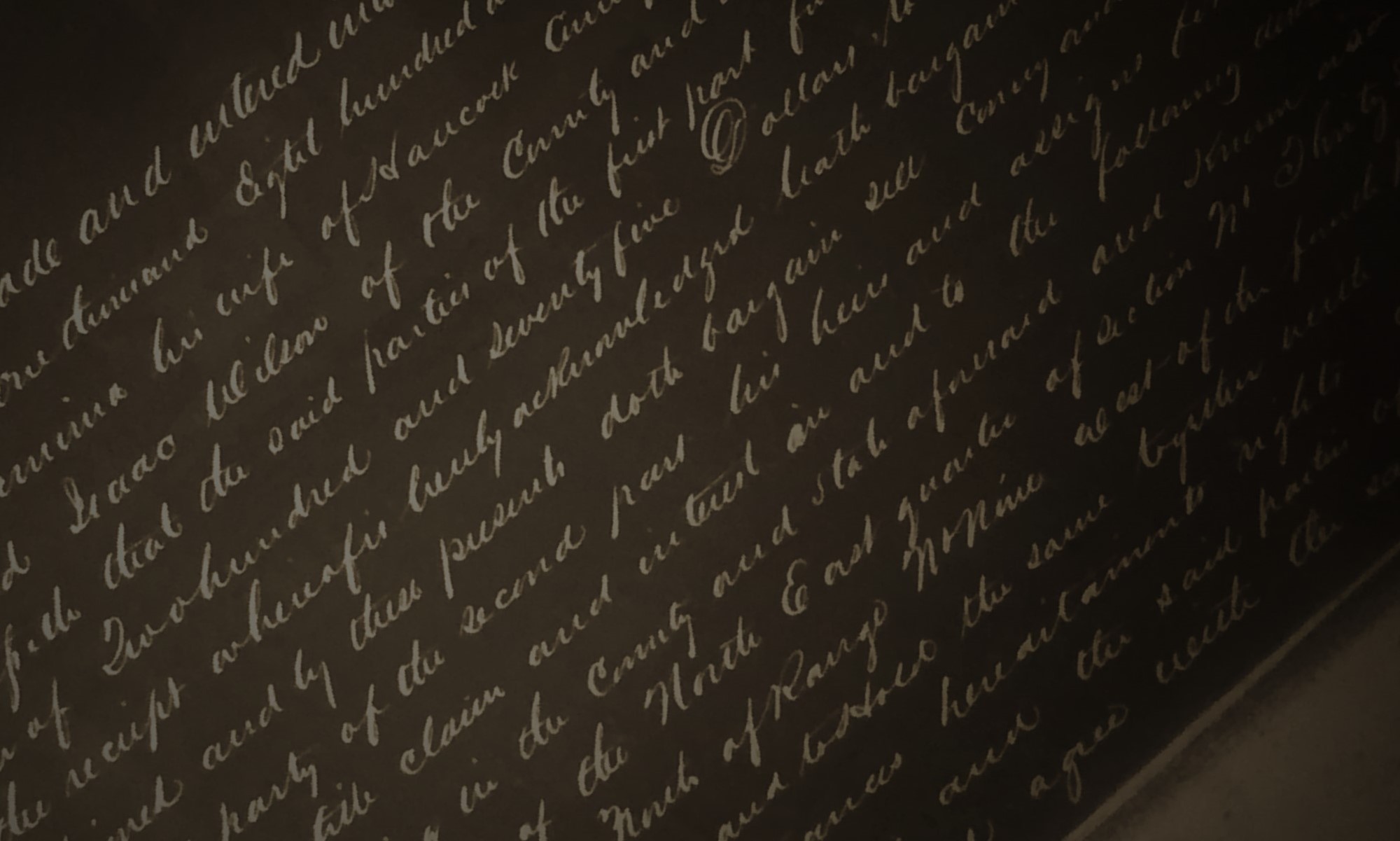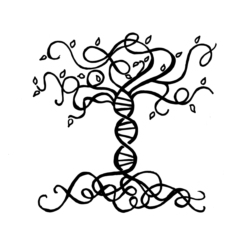By Diane M. Scholten
Have you ever read a big, sweeping family saga novel and thought to yourself “Gosh, how on earth did she think all of that up?”
I have. But then I read an interview with a famous novelist – I ***think*** it was Jane Smiley author of the amazing The Last Hundred Years Trilogy, though it could have been Barbara Kingsolver – but the author in question said that as she was doing her own family history research she thought – wow, this is incredulous – it’s like a novel.
So – “Family history” you say – how does that compare to genealogy? Daniel Klein, writing in the Jersey Journal had this to say about it: “While genealogy is at the heart of what we seek as family historians, genealogical events only make up blips on the timelines of our ancestors’ lives. Family history is what happens between those blips, the things that can’t necessarily be found in a document.”[1]
I found that out when I went from genealogical research on one of my great-grandparental lines, to writing a book about the Great-great grandparents on that line, Edward Carroll and Margaret Brearton of Archbald, Pennsylvania: A narrative family history
When I was about 65 years old I took up the age-appropriate hobby of genealogy and loved it from the start. I researched, I learned, I got lucky enough to bump into Sherri Steele, who (full disclosure) is a “fifth cousin once removed” on my Peery line.
That was part of the magic of genealogy – I was connecting with real life cousins beyond the first cousins I’d grown up knowing. Before you know I’d organized first a reunion of some of my Norwegian-American cousins in 2017 and then a reunion in 2018 of the Carroll clan – one of my two “real Irish” lines. We gathered near Archbald, Pennsylvania where Edward Carroll, his wife Margaret Brearton Carroll, Margaret’s mother Mary Ryan and Edward & Margaret’s two eldest children ended up when they sailed here from County Tipperarry in 1842. I had heard about this magical place “Archbald, PA” (it was always said P-A, not Pennsylvania) my whole life. Soon enough I was meeting Carroll 3rd cousins and visiting the small town (then and now) of Archbald. For me, the most meaningful moment was when I stood in front of the graves of my great-great grandparents:

I made a vow to them – “you will NOT be forgotten.”
Fast forward to the global COVID pandemic – as summer turned to fall in 2020 I knew what I had to do. It was time to do something with those dry genealogical facts such as:
- Edward Carroll was born in July of 1810 in County Tipperary, Ireland
- He was married on January 28, 1835 in Templemore, Tipperary, Ireland to Margaret Brearton
- Etc. etc. etc. – until your eyes glaze over
So I wanted to make Edward and Margaret’s story come alive. My immediate goal was to ensure that my 22 grandnieces and grandnephews — and all the other kids associated with our Carroll clan – would know about their lineage. What was needed was a story that people in my family who really don’t care about genealogy could relate to – the history of our family, the STORY of Edward and Margaret.
Another blog post could be devoted to exactly HOW one goes about such a venture – but this post is about WHY we do it. With Halloween/Samhain/All Hallows Eve right around the corner it brings to mind the idea of “raising the dead.” Well – that’s what I wanted to do for Edward, Margaret and their seven children.
I found out that there is a style of writing called ‘a narrative family history’. As I said in the introduction to my book Edward Carroll and Margaret Brearton of Archbald, Pennsylvania: A narrative family history:
- “What I present is what is called a narrative history. That is, I have taken the dry genealogical facts, the helpful source documents and particularly helpful newspaper articles from the lifetime of my ancestors and have, based on facts, created a narrative family history which, while written by me, is presented as though Edward, Margaret and their second to youngest daughter, Harriet, my great grandmother, were writing them.
The source documents are the bones on which this narrative body stands. However, the flesh – the thoughts, feelings, root causes for events – those are my conjectures and I take full responsibility. So while we don’t know for sure that Edward Sr felt like he never got over the death of his son and namesake Edward, it seemed to me an appropriate conclusion to draw. If something which is written does not have source material or footnotes, you can assume it is my conjecture.
The stories of Edward and Margaret and their shared lives together are told as through their eyes, as are the stories of the two of their children who pre-deceased them, baby Catherine who died as an infant, and son Edward W Carroll who died at age 29.
The tales of the other five children are told as through the eyes of Hattie who was my great grandmother – told as though from the perspective of a younger (or, in the case of Maggie, slightly older) sister.”
I knew I had succeeded when my nephew Tom told me he loved the book and was about to reread it for a second time. He added “I really liked that John guy – I think he was kind of the hero of the whole story.” And that was exactly what I myself thought when I finished the book. John who went to work in the coal mines with his dad, when he was still a teenager, who then put “capitalist” as his profession on the 1900 census – because now he was a stockholder in a mine, owned several properties around town — AND was the heart and center of the large Irish-American immigrant family of his own kids and all of his siblings and their kids – John’s story didn’t need a bit of embellishing by me to make his life look heroic and grand. I merely needed to raise the dead so he — and his parents and siblings – could all be seen once again.
Why not make this YOUR winter project? How about picking out a favored ancestral couple in YOUR family tree and expand on your dry genealogical facts to a true family history STORY – one that members of your family and maybe others as well will be interested in reading. You know – raise the dead!
SOURCES
[1] Klein, Daniel “What’s the Difference between Genealogy and Family History?” from NJ.Com accessed at https://www.nj.com/hudson/2017/11/whats_the_difference_between_genealogy_and_family.html

